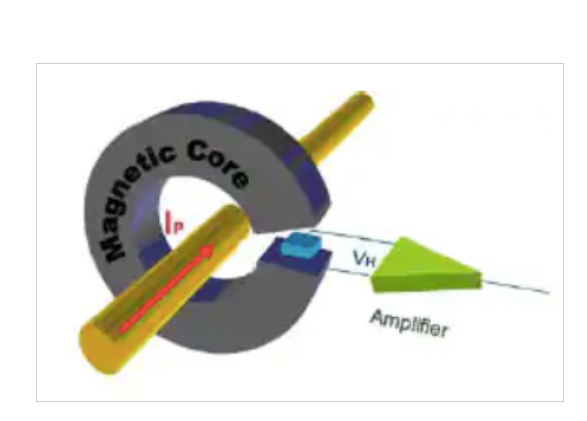Hall effect current sensor zero drift - Weikewei - temperature drift reduced by 50%
You may be familiar with current sensing amplifiers to reduce drift. Now, Texas Instruments has provided what they call the "first zero drift Hall effect current sensor in industry." Due to the booming development of electric vehicles and industrial automation, we have seen an increase in the performance of high-voltage and AC connected electronic device monitoring systems. This demand can usually be met by current sensors, which are used for measurement and subsequent control systems.

However, modern current sensors still have some trade-offs between cost, accuracy, and isolation - providing engineers with a series of difficult decisions when choosing the most practical equipment for design.
There are many different configurations for current sensors, but all of them come down to two styles: open-loop and closed-loop. Both of these configurations rely on the manipulation of magnetic fields, particularly utilizing the Hall effect (hence Hall effect sensors).Open loop sensors are generally composed of Hall sensors placed in the gap between magnetic cores. The required current generates a magnetic field, which is concentrated by the magnetic core and measured by a Hall sensor. These sensors are very cheap, but lack accuracy.Drift is one of the main causes of errors in open-loop sensors. Drift can be thermal drift or time drift. Thermal drift refers to changes in the normal operating behavior of equipment caused by changes in environmental temperature, while time drift refers to changes in behavior caused by age-related changes in equipment.

Closed loop sensors, on the other hand, utilize high loop gain feedback networks to prevent errors caused by device changes (i.e. thermal drift). They have the characteristics of fast response speed, high linearity, and strong resistance to electrical noise, but their prices are relatively high. Due to these reasons, high-precision closed-loop sensors are often chosen as crucial in applications.Engineers can mitigate the impact of drift in open-loop sensors to achieve high-precision, low-cost current sensors. There are several technologies currently in use.One of these technologies is the use of current sense amplifiers, which integrate a precisely matched resistor gain network to minimize the temperature drift impact of gain errors.Another technique is to calculate drift and calibrate the results accordingly. Basically, if a person can understand the drift of a specific sensor, they can correct it.